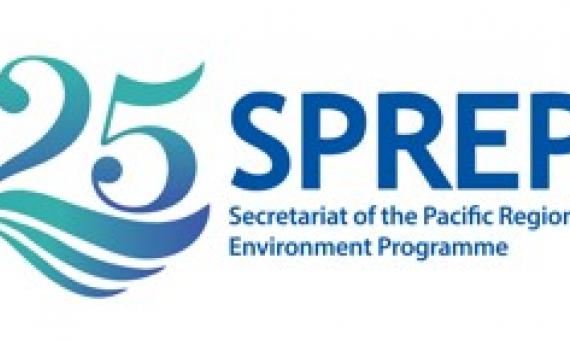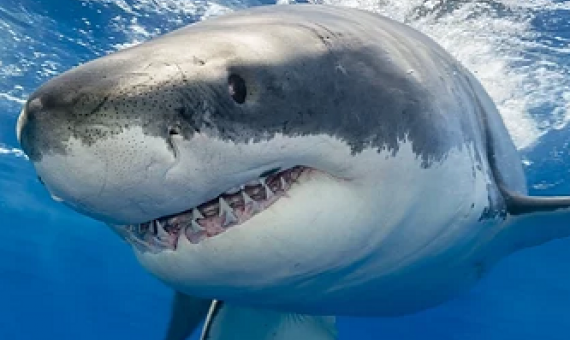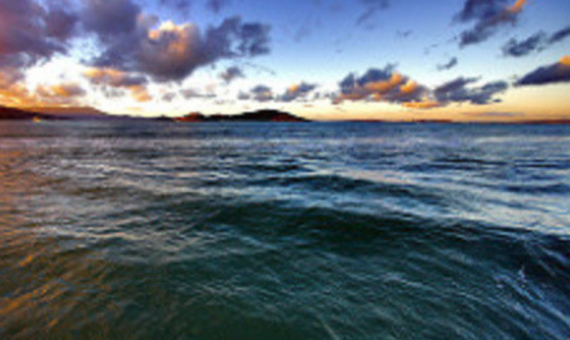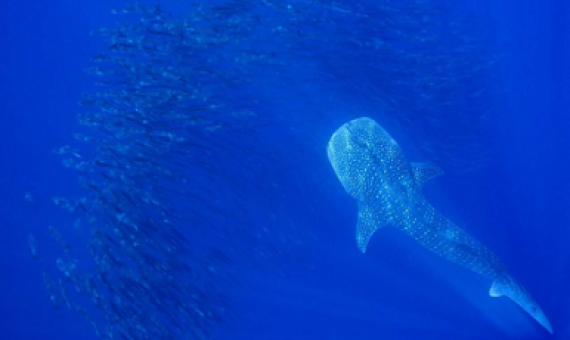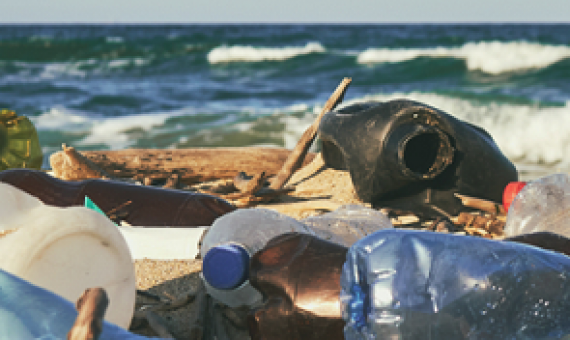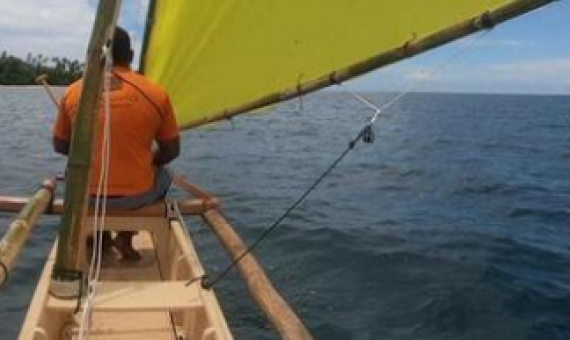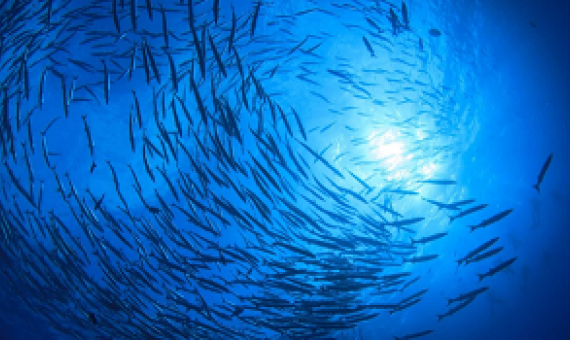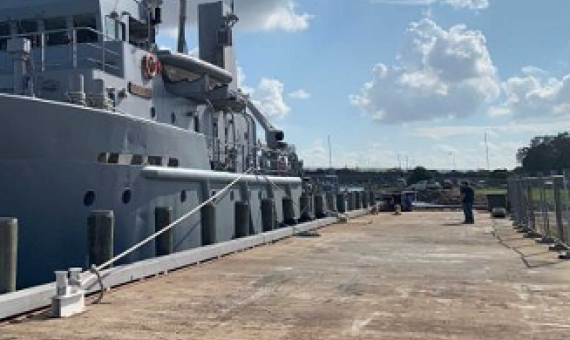SPREP would like to call for tenders from qualified and experienced contractors/consultants/scientists to establish coral gardening and restoration activities in Tokelau and Kiribati. Click on the link below for further details.
This isolated, sub-tropical region in the Pacific Ocean between California and Hawaii is quite literally a cool water, hang out spot for one of the most impressive predators of the open ocean; White Sharks. Click on the link below to read the full article.
This research found that coastal regions of some least-developed countries (LDCs) are connected to areas beyond national jurisdiction (ABNJ) through larval dispersal and the potential dispersal of pollutants. Click on the link below to read the full article.
One hundred canoes by Christmas...That's the aim of one of the Pacific's most ambitious traditional boat building projects. Click on the link below to read the full article.
Gravity of human impacts mediates coral reef conservation gains
Our global analysis of nearly 1,800 tropical reefs reveals how the intensity of human impacts in the surrounding seascape, measured as a function of human population size and accessibility to reefs (“gravity”), diminishes the effectiveness of marine reserves at sustaining reef fish biomass and the presence of top predators, even where compliance with reserve rules is high. Critically, fish biomass in high-compliance marine reserves located where human impacts were intensive tended to be less than a quarter that of reserves where human impacts were low.
Integrating Three-Dimensional Benthic Habitat Characterization Techniques into Ecological Monitoring of Coral Reefs
Long-term ecological monitoring of reef fish populations often requires the simultaneous collection of data on benthic habitats in order to account for the effects of these variables on fish assemblage structure. Here, we described an approach to benthic surveys that uses photogrammetric techniques to facilitate the extraction of quantitative metrics for characterization of benthic habitats from the resulting three-dimensional (3D) reconstruction of coral reefs.
While IMO’s Marine Environment Protection Committee grabs the headlines, shipping has yet to play any role in drafting a new international treaty that could redefine how we use the oceans.
This week, the Foundation, the Secretariat of the Pacific Regional Environment Program (SPREP) and the University of Newcastle launched a project to tackle the issue of shipwreck pollution. Click on the link below to read the full article.

